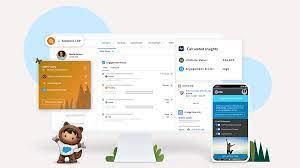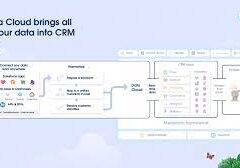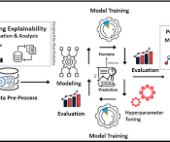In the current digital landscape, customer data stands as a pivotal asset for organizations aiming to craft personalized and targeted experiences. Yet, the primary challenge for utilizing a CDP lies in the aggregation and consolidation of this data, often dispersed across a multitude of sources. This is where the significance of Customer Data Platforms (CDPs) becomes evident. Configured for optimal use, your data is good to go.
Thank you for reading this post, don't forget to subscribe!A CDP functions as a software system that integrates customer data from various sources, encompassing marketing automation, AdTech, commerce, service, analytics, procurement, production, logistics, compliance, and more. The consolidated data is housed within a unified platform for analysis and marketing purposes. By serving as a single source of truth, CDPs empower organizations to create more pertinent, real-time, contextual, and compliant experiences for their customers.
Operating as a connector within existing tech stacks, CDPs play a crucial role in filtering and binding siloed and fragmented customer data from diverse teams. This results in actionable insights, more profitable interactions, and a foundation for the growth of customer value. CDPs extend their utility beyond marketing, offering advantages to sectors like healthcare, where they can unify patient data, eliminate data silos, and furnish timely information to enhance patient outcomes.
By addressing prevalent challenges such as unconnected data, non-optimized work efforts, operational inefficiencies, and encumbered time-to-market, CDPs prove instrumental in fostering organizational success. It’s important to highlight that a CDP is not a substitute for a CRM solution, especially in large enterprise settings. Integration with critical data-source systems beyond the martech stack is essential for extracting hidden value from the organization’s data.
Utilizing a CDP
As the digital marketing industry navigates the transition to a cookieless future, and first-party data takes precedence, the value of CDPs is set to grow. However, to unlock their full potential, the adoption of CDPs should extend beyond marketers. CDPs must evolve into interconnected sources of truth across all departments and interactions, both physical and digital. By functioning as cohesive data aggregators, they enable organizations to harness vast volumes of customer-impacting data and insights, delivering optimized, hyper-personalized, and differentiating experiences.













